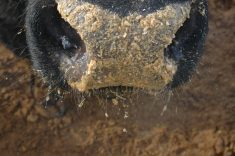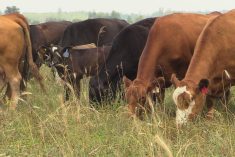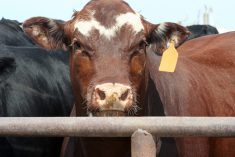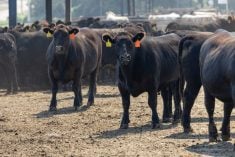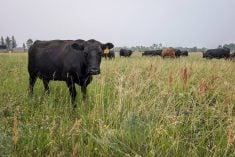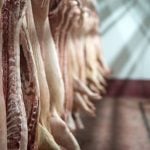Compared to the previous week, western Canadian feeder cattle markets traded $3-$4 on either side of week-ago levels.
Prices were quite variable across the Prairies with four main factors influencing buyer sentiment. First, the eastern Prairie regions experienced adverse winter weather. Auction barns in Manitoba and eastern Saskatchewan had smaller volumes on offer. Buyers shied away from lightweight bawlers. In Alberta, pasture conditions are very poor due to limited precipitation over the past 60 days. Timely rains are needed and grass cattle appeared to be under pressure in these dryer regions. Thirdly, Alberta fed cattle prices made fresh yearly highs last week. Feeding margins are now nearing break-even, something we haven’t seen for over 13 months. On the flipside, barley and wheat prices were up another $4-$8/tonne. If feedlot operators didn’t have their feed grain requirements covered, they were forced to lower the bids. All these factors contributed to the volatile price behaviour.
Read Also
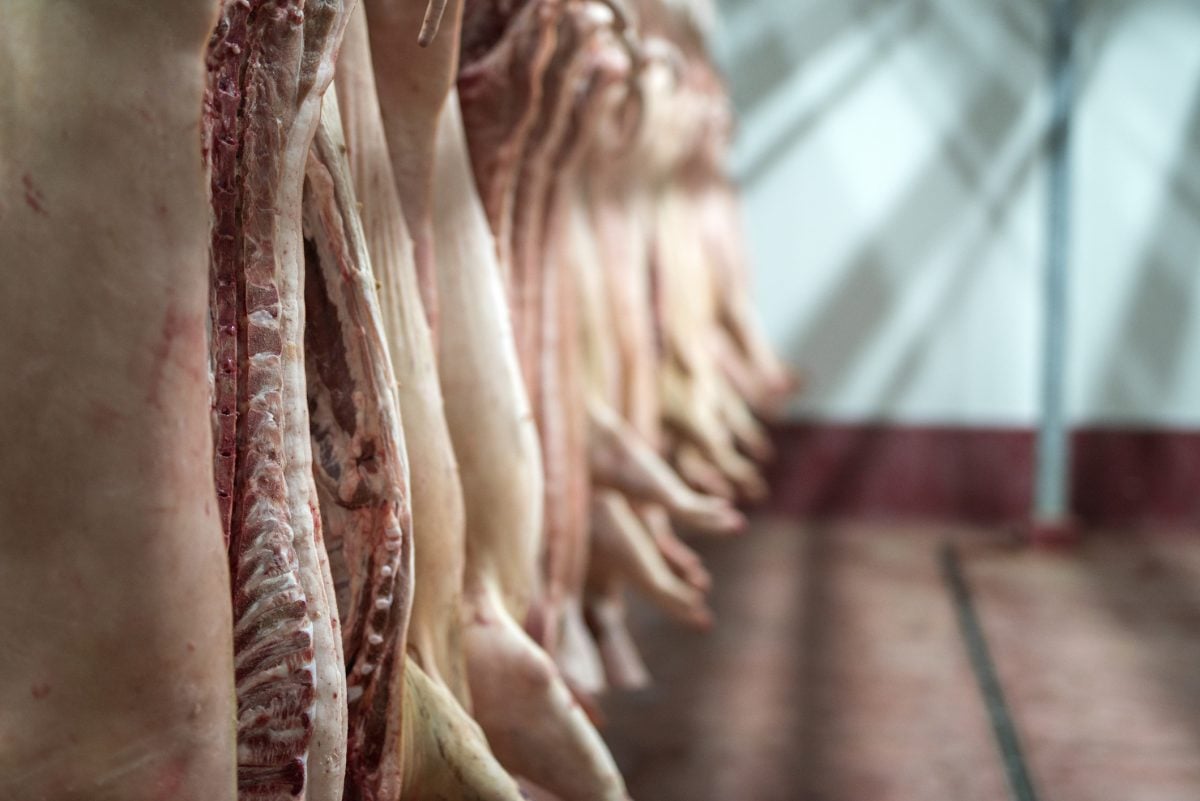
U.S. livestock: Cattle slip back, hogs gain
Chicago cattle futures slipped back on Friday after Thursday’s pause. Hog futures crept upward. Most-active December live cattle futures closed…
South of the border, feeder markets were firm on Monday and Tuesday and then fell apart from Wednesday onward. Some major operations were waiting to purchase replacements until the markets stabilized. There were smaller crowds on hand at many sales.
In central Alberta, red Limo-blended heifers with medium build and light butter weighing just over 900 lbs. were valued at $150. In southern Alberta, larger-frame Charolais-based steers weighing 840 lbs. with medium flesh levels were reported at $184 and similar-quality heifers averaging 810 lbs. were valued at $166. In western Manitoba, fleshier black steers weighing 850 lbs. were valued at $176 and 800-lb. mixed heifers with heavier butter were quoted at $163. The butterballs were discounted $6 to as much as $10 in some cases.
In central Alberta, semi-weaned black steers on full health program coming off light grain diet weighing 515 lbs. were valued at $244. In southern Manitoba, semi-weaned black steers weighing 530 lbs. with unknown health background were quoted at $208. In west-central Saskatchewan, mixed steers averaging 625 lbs. were quoted at $210 and mixed heifers weighing 655 lbs. were reported at $193. It was not uncommon this week to see similar-weight calves have a price spread of $10 based on quality and health features. The backgrounding operator is on the sidelines; the rancher looking for grassers is a hit-and-miss depending on the region; last but not least, the finishing feedlot is standing there to pick up the pieces on all lighter weights, with April 2022 live cattle futures near two-year highs.
Wholesale beef prices continue to percolate higher which is encouraging the weekly slaughter pace. Demand is stronger than expected with U.S. vaccinations reaching 3.3 million per day. Canadian demand isn’t as strong in the short term but will likely catch up later in summer.




